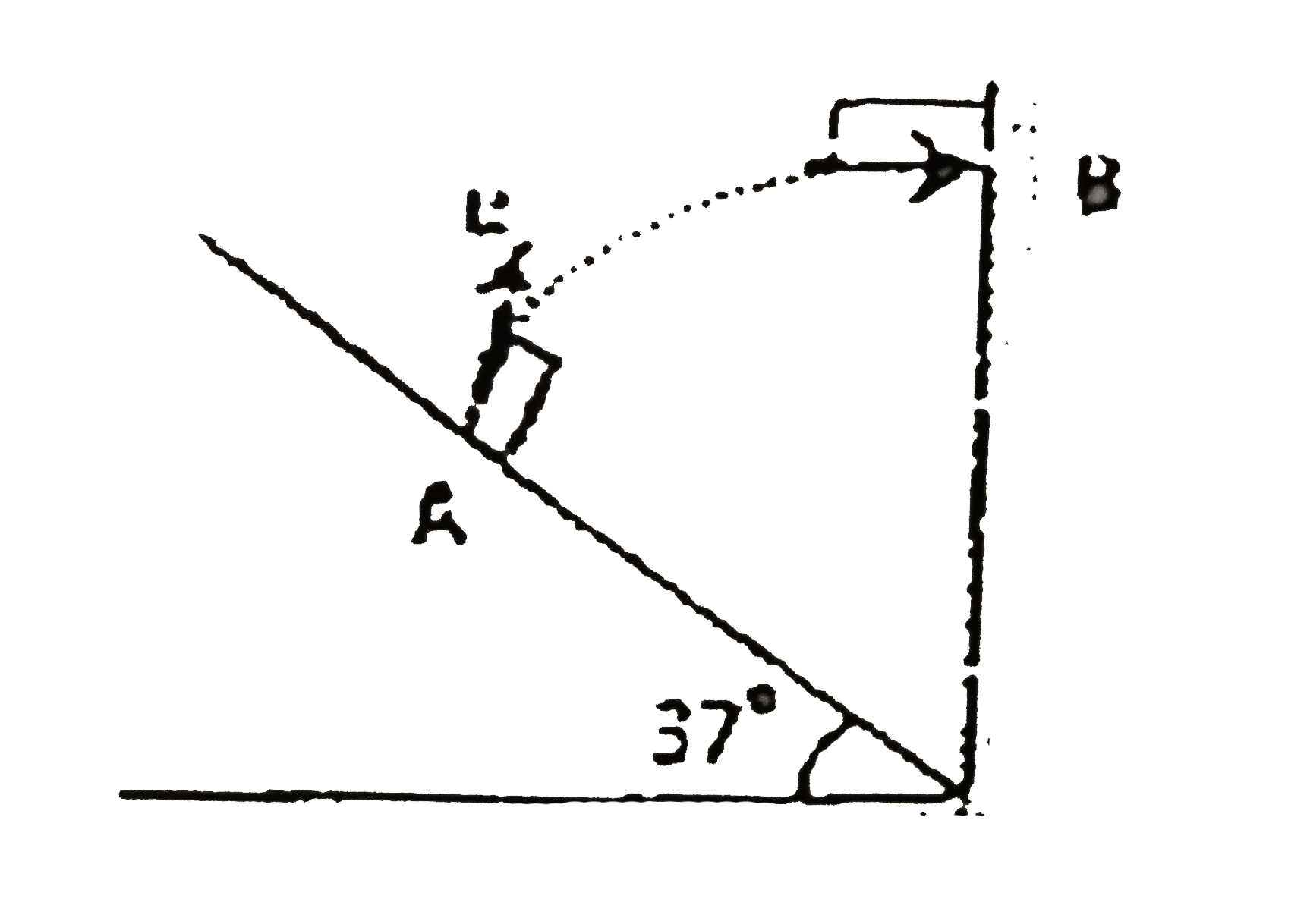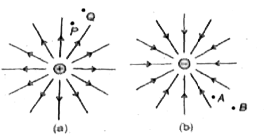How much kinetic energy will be gained by an α−particle in going from a point at 70V to another point at 50V
40 eV
40 keV
40 MeV
0 eV
The correct Answer is:A
Step by step video, text & image solution for How much kinetic energy will be gained by an alpha-particle in going from a point at 70 V to another point at 50 V by Physics experts to help you in doubts & scoring excellent marks in Class 12 exams.
Topper's Solved these Questions
- BOOK - DC PANDEYCHAPTER - ELECTROSTATIC POTENTIAL AND CAPACITORSEXERCISE - (B) Chapter exercises20videos
ELECTROSTATIC POTENTIAL AND CAPACITORS
- BOOK - DC PANDEYCHAPTER - ELECTROSTATIC POTENTIAL AND CAPACITORSEXERCISE - (C) Chapter exercises50videos
ELECTROSTATIC POTENTIAL AND CAPACITORS
- BOOK - DC PANDEYCHAPTER - ELECTROSTATIC POTENTIAL AND CAPACITORSEXERCISE - Check point 2.520videos
ELECTROSTATIC POTENTIAL AND CAPACITORS
- BOOK - DC PANDEYCHAPTER - ELECTROMAGNETIC WAVESEXERCISE - Sec C22videos
ELECTROMAGNETIC WAVES
- BOOK - DC PANDEYCHAPTER - ELECTROSTATICSEXERCISE - Medical entrances gallery37videos
ELECTROSTATICS
Similar Questions
The kinetc energy of a chargd particle decreased by 10 J as it moves from a point at potential 100 V to a point at potential 200V . Find the charge on the particle.
View SolutionA particle is projected from point A perpendicular to inclined plane with a velocity 50m/s as shown in the figure. Particle strikes a vertical plane perpendicularly at point B. Time taken by particle in going from point A to point B is
 View Solution
View Solution
Knowledge Check
- Question 1 - Select One
In the Q.122 how much distance is covered by the particle in returning to the starting point?
A2r0aBr0aCr02aDr04a - Question 2 - Select One
A particle moves on a path as shown. The particle takes 10 seconds in going from starting point to the final point. What is the average velocity vector of the particle ?
 A0.5ˆi+ˆjB0.5ˆi+2.5ˆjC0.5ˆi+0.5ˆjDNone of these
A0.5ˆi+ˆjB0.5ˆi+2.5ˆjC0.5ˆi+0.5ˆjDNone of these - Question 3 - Select One
A particle is exeuting SHM. At a point x=A/3, kinetic energy of the particle of the particle is K, where A is the particle At a point x=2A/3, kinetic energy of the particle will be:
A2KBK√2C58KD53K
If 20J of work has to be done to move an electric charge of 4C from a point, where potential is 10V to another point, where potential is V volt, find the value of v.
View SolutionAn α-particle after passing through a potential difference of 2×106V falls on a silver foil. The atomic number of silver is 47. Calculaye (i) the kinetic energy of the α-particle at the time of falling on the foil (ii) the kinetic energy of the α-particle at a distance of 5×10−14 m from the nucleus and (iii) the shortest distance from the nucleus of silver to which the α-particle reaches.
View SolutionFigure (a) and (b) show the field lines of a positive and negative point charge respectively.

(a) Give the signs of the potential difference . Vp−VQ,VB−VA
(b) Give the sign of the potential energy difference if a small negative charge is moved from points Q to P from point A to B.
(c) Give the sign of the work done by the field in moving a small positive charge from Q to P.
( d) Give the sign of the work done by the external agency in moving a samall negative charge from B to A .
(e ) Does the kinetic energy of a small negative charge increase or decrease in going from B to A ?View SolutionIn one experiment , a proton having kinetic energy of 1 eV is accelerated through a potential difference of 3 V. In another experiment, an α-particle having initial kinetic energy 20 eV is retarded by a potential difference of 2 V. Calculate the ratio of de-Broglie wavelengths of proton and α - particle.
View SolutionThe potential energy of a particle is determined by the expression U=α(x2+y2), where α is a positive constant. The particle begins to move from a point with coordinates (3,3), only under the action of potential field force. Then its kinetic energy T at the instant when the particle is at a point with the coordinates (1,1) is
View Solution

